London 2012
London 2012: a spectacular show of equality, growth and innovation
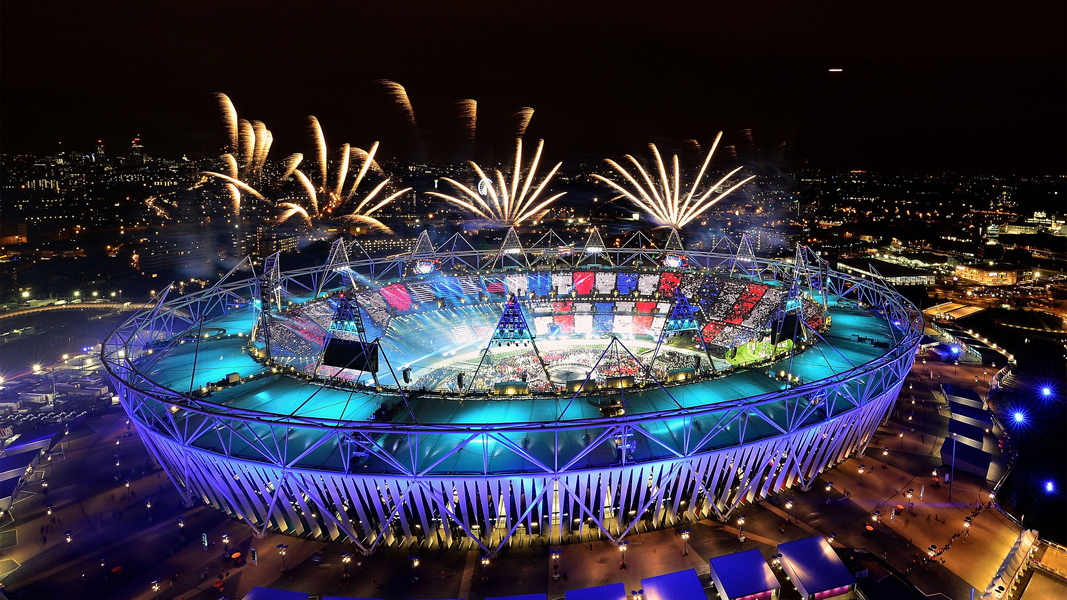
25 Jul 2022 – Ten years ago, London 2012 put on an unforgettable Opening Ceremony, notably with Her Majesty the Queen parachuting into the Olympic Stadium with Daniel Craig as James Bond by her side. It was followed by a series of sporting highlights – from Usain Bolt’s gold in the 200m to Mo Farah’s 10,000m triumph.
From the outset, however, organisers were adamant that generating long-term benefits for London and the country would be just as important as putting on a spectacular show. As well as Great Britain’s record haul of 185 medals (Olympics and Paralympics combined), the opportunities created for local people, and other socio-economic benefits, will be celebrated in a two-week festival, which begins on 22 July with the lighting of an “anniversary legacy flame”.
The Olympic Park in Stratford, now known as Queen Elizabeth Olympic Park, has transformed a former industrial site of some 560 acres (226 hectares), and the economic regeneration of a swath of East London is ongoing. Meanwhile, internationally, the Olympic Movement and other sporting events have picked up the baton of sustainability championed by the planners of London 2012.
See YOUTUBE Video HERE
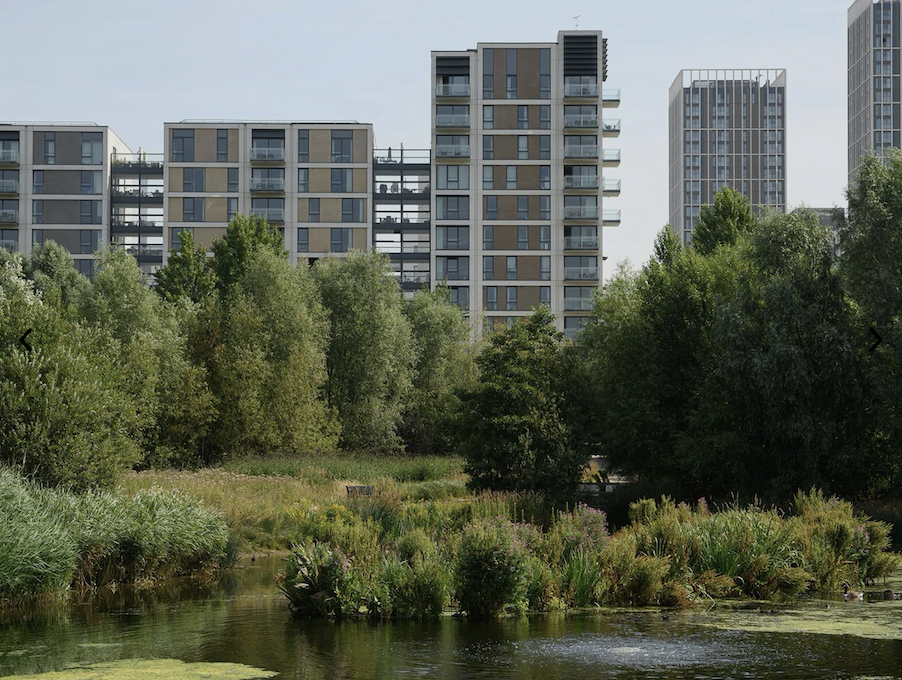

Regenerating East London
Ninety-five percent of London 2012’s permanent venues remain operational, employing local people and attracting millions of visitors.
The Olympic Park alone, which will host anniversary celebrations in July, welcomes more than six million visitors a year.
People are drawn to its parklands and playgrounds, which make up the largest new urban park created in the UK for over a century.
Thanks to the Olympic Delivery Authority’s Biodiversity Action Plan, 45 hectares of biodiverse green and blue habitat were created, becoming an important sanctuary for migrating birds. Today, the park is home to 13,000 trees, 60 bird species and 250 types of insects.
The London Legacy Development Corporation (LLDC) oversees two new business districts and five new neighbourhoods. The former Olympic Village is a community of 3,300 homes – with a quarter sold at affordable prices for people on middle incomes and another quarter let at a social rent. There will be 23,000 homes by 2036, served by local schools and health centres, and other social infrastructure.
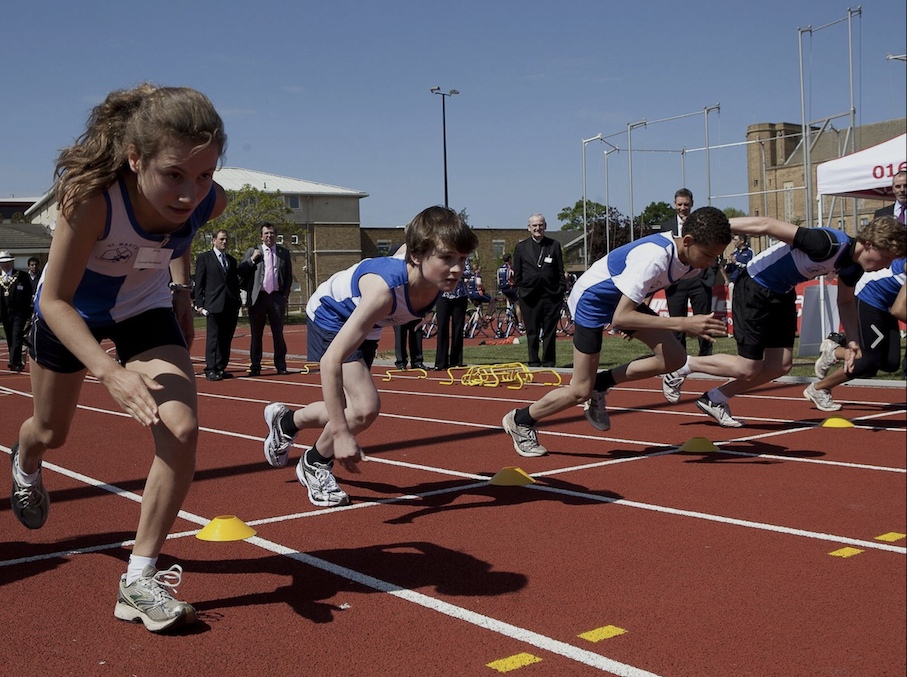

Creating jobs
More than 11,000 people, including 200 young apprentices, worked on the park during the first phase of development from 2012 to 2016. People from neighbouring boroughs made up more than a quarter of the construction workforce, and locals also filled most permanent jobs.
The Press and Broadcasting Centre is now part of an innovation campus for large and small businesses, many in the technology sector, and two universities. New student accommodation will be completed later this year ahead of the rest of the East Bank, which will be the UK’s newest cultural and education district, providing new homes for BBC Music, the Victoria & Albert Museum, and Sadler’s Wells Theatre. Together, they will create 2,500 jobs and attract a further 1.5 million visitors each year.
Growth in employment in the six surrounding boroughs has been higher than expected, often outperforming the hiring pace in the rest of the city. The LLDC predicts up to 40,000 new jobs in and around the park by 2025.
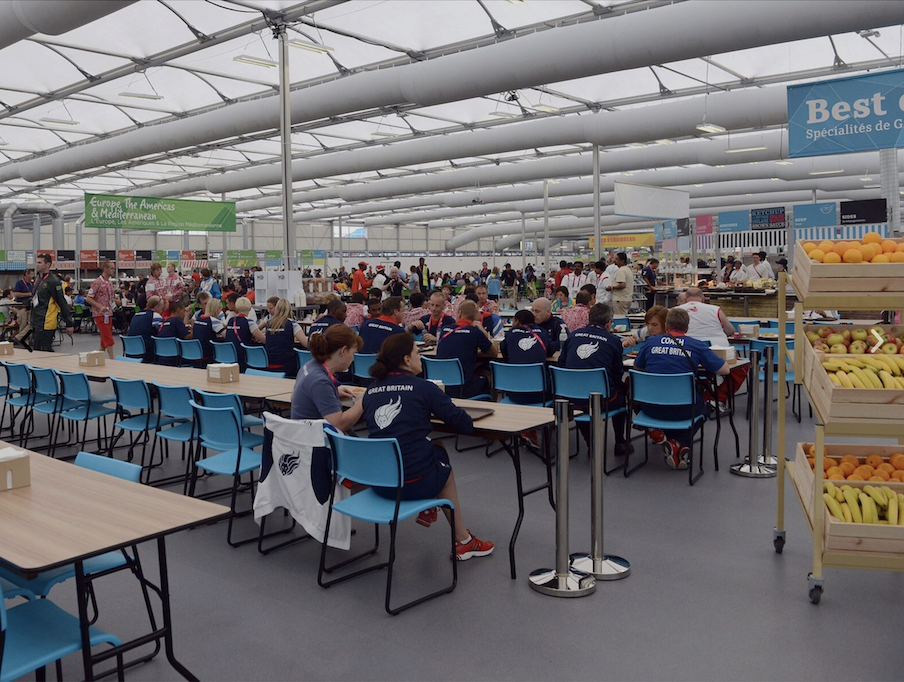

Wider benefits
But the economic legacy of the Games goes beyond the East End. The UK Government aimed to secure at least GBP 11 billion of trade and investment benefits in four years. Within 14 months, their valuation exceeded GBP 14.2 billion. This included inward investment of GBP 4.72 billion, Olympic-related contracts won by British companies worth GBP 1.5 billion, and additional export sales of GBP 5.9 billion gained through Olympic-themed promotional activities by government agencies around the world.
Capitalising on the global attention generated by the Games, the UK launched the GREAT campaign, raising the country’s profile on the world stage following the Games and the Queen’s Diamond Jubilee. Launched in 2012, GREAT reached some 145 countries, helping companies export and secure contracts for subsequent Games, Sochi 2014 and Rio 2016, and the Russia 2018 FIFA World Cup.
Another campaign, Get Set, focused on educating children about the Olympic values of friendship, excellence and respect, and promoting participation in sport. Across the UK, 85 per cent of schools were involved. By 2016, 92 per cent of teachers said in a survey that the Games had positively inspired their students.
By 2017, increased funding for London’s sports clubs and upgraded facilities had helped improve sports participation so that more than 41,000 children met recommended levels of physical activity.
Ten years on, inspiring healthy communities remains an ongoing legacy goal. The Spirit of 2012, a trust set up in 2013, funds projects and promotes participation in sport and the arts across the UK, with a particular focus on volunteering and diversity.
London 2012’s ambition to “inspire a generation” extended overseas through the International Inspiration programme. More than 255,000 teachers, coaches and young leaders in 20 developing countries have been trained to help build local and national sporting systems and structures.
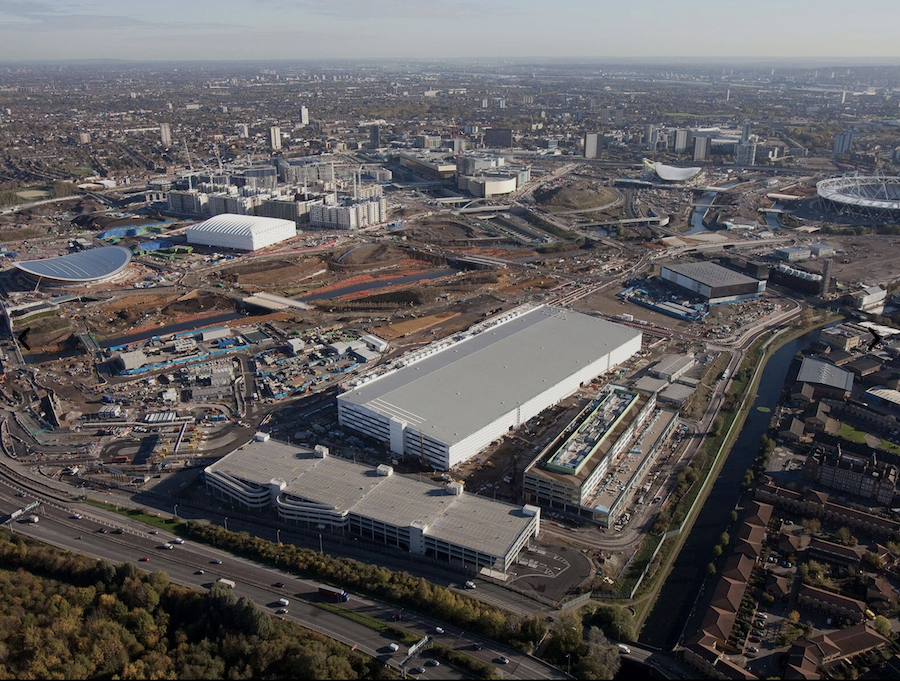

A sustainable legacy
Another global inheritance flowed from the commitment to deliver “greener” Games by integrating sustainability into management and decision-making. The sustainability management tools developed for London 2012 became a blueprint for the events industry. They also inspired ISO 20121, the first fully certifiable international standard for sustainability management systems, later achieved by PyeongChang 2018, Tokyo 2020 and Beijing 2022, as well as many other large sporting, cultural and business events.
The London team also collaborated with the Global Reporting Initiative (GRI) and others, including the International Olympic Committee (IOC), to develop reporting guidelines for event organisers. London 2012 was instrumental in developing a robust methodology to account for carbon emissions. It was later adopted by Rio 2016, and further developed in 2019 by the IOC as a standard method for measuring the carbon footprint of all Olympic Games.
Parallel measures to set standards for sustainable food and procurement also served as an inspiration for other major sporting events. Just recently, the Paris 2024 organisers launched their Food Vision for the Games, inspired by London 2012.
“In the immediate aftermath of the London Games, we were excited that we had been able to put sustainability firmly on the Olympic map,” said David Stubbs, Head of Sustainability for London 2012. “From the perspective of 10 years on, I am even more proud of what we have achieved: the methods, systems and standards we developed have become the foundations of current best practice in the sport and event sectors. Recent sustainability strategies developed for athletics, football, rugby, sailing and tennis, among others, all owe their origins to London 2012.”
“What we have begun will not stop now,” said Lord Sebastian Coe, Chair of the London 2012 Organising Committee, at the Closing Ceremony of the Games. “The spirit of these Olympics will inspire a generation.”
Ten years on, the legacy of London 2012 has not stopped, and looks set to continue for many more years to come.





